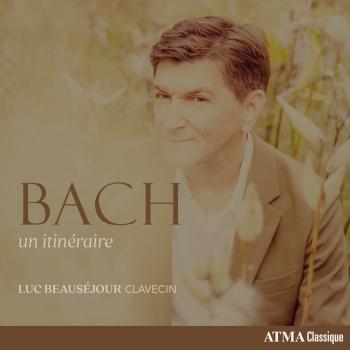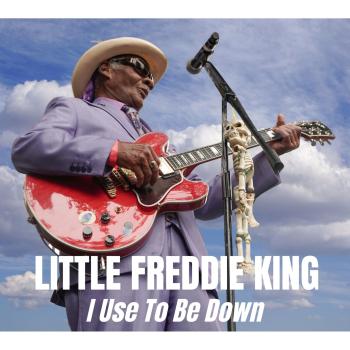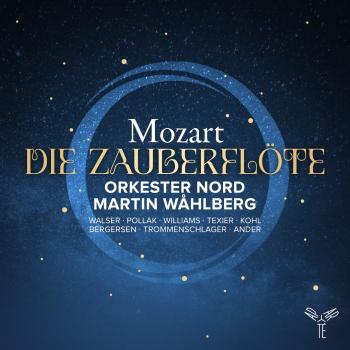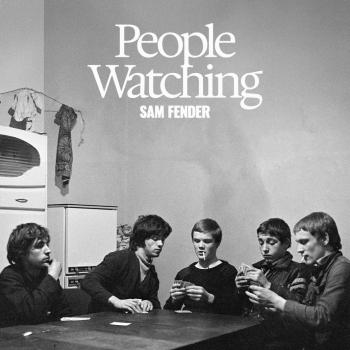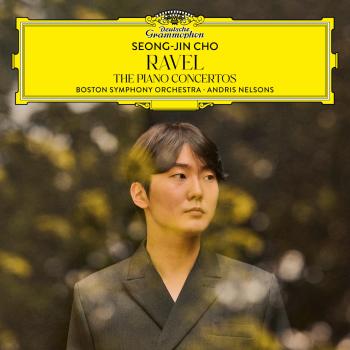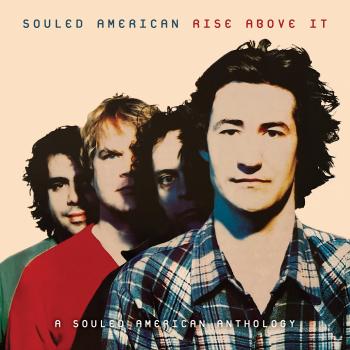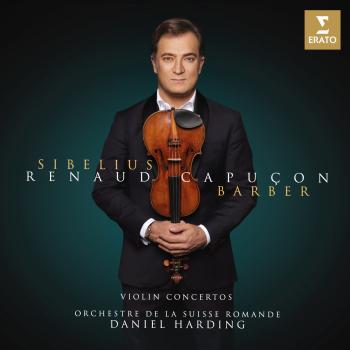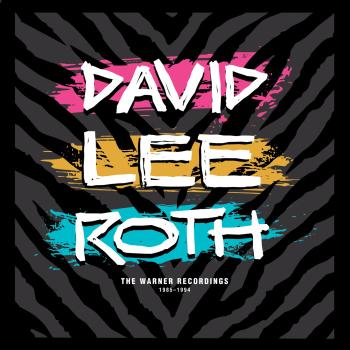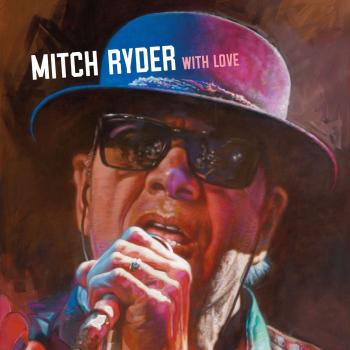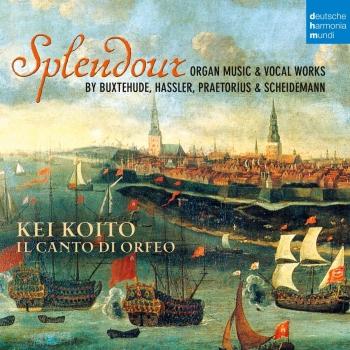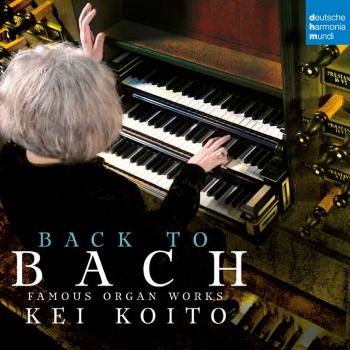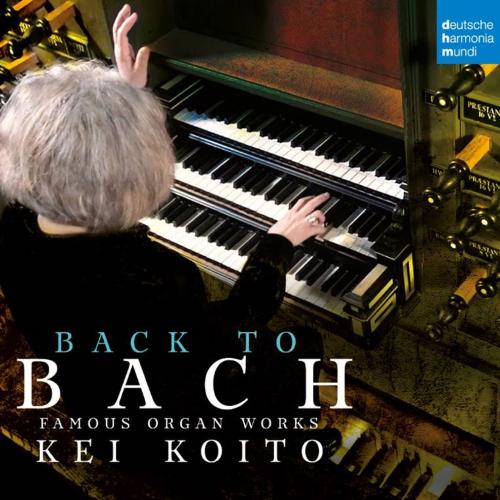
Bach: Famous Organ Works Kei Koito
Album info
Album-Release:
2019
HRA-Release:
20.09.2019
Label: deutsche harmonia mundi
Genre: Classical
Subgenre: Chamber Music
Artist: Kei Koito
Composer: Johann Sebastian Bach (1685-1750)
Album including Album cover
I`m sorry!
Dear HIGHRESAUDIO Visitor,
due to territorial constraints and also different releases dates in each country you currently can`t purchase this album. We are updating our release dates twice a week. So, please feel free to check from time-to-time, if the album is available for your country.
We suggest, that you bookmark the album and use our Short List function.
Thank you for your understanding and patience.
Yours sincerely, HIGHRESAUDIO
- Johann Sebastian Bach (1685 - 1750): Toccata and Fugue in D Minor, BWV 538:
- 1 Toccata and Fugue in D Minor, BWV 538: I. Toccata 05:07
- 2 Toccata and Fugue in D Minor, BWV 538: II. Fugue 06:34
- Johann Sebastian Bach:
- 3 An Wasserflüssen Babylon, BWV 653 04:38
- 4 Trio in G Major, BWV deest, "Was Gott tut, das ist wohlgetan" 03:27
- Prelude and Fugue in G Minor, BWV 535:
- 5 Prelude and Fugue in G Minor, BWV 535: I. Prelude 02:22
- 6 Prelude and Fugue in G Minor, BWV 535: II. Fugue 04:11
- Johann Sebastian Bach:
- 7 Nun danket alle Gott, BWV 657 03:57
- Prelude and Fugue in G Major, BWV 550:
- 8 Prelude and Fugue in G Major, BWV 550: I. Prelude 02:26
- 9 Prelude and Fugue in G Major, BWV 550: II. Fugue 04:34
- Johann Sebastian Bach:
- 10 Prelude/Passagio in G Minor, BWV 535a 01:14
- 11 Trio in G Minor, BWV 584, "Ich will an den Himmel denken" 02:44
- 12 Komm, Gott, Schöpfer, Heiliger Geist, BWV 667 02:23
- 13 Fantasia on "Jesu, meine Freude", BWV 713 04:02
- 14 O Lamm Gottes unschuldig, BWV 656 06:55
- 15 Herzlich tut mich verlangen, BWV 727 02:02
- 16 Fantasia on "Ein feste Burg ist unser Gott", BWV 720 03:18
- Prelude and Fugue in D Major, BWV 532:
- 17 Prelude and Fugue in D Major, BWV 532: I. Prelude (Pièce d'Orgue) 04:10
- 18 Prelude and Fugue in D Major, BWV 532: II. Fugue 06:28
Info for Bach: Famous Organ Works
Although Bach is viewed today mainly as a monumental composer, it was as a dazzling organist that he made his mark during his lifetime. The present recording, featuring a diverse array of works performed by the organist Kei Koito, shows why.
In Bach’s time, organ works were divided into distinct categories: free pieces (pieces based on freely conceived ideas rather than chorale melodies), chorale settings (pieces based on chorale tunes), and transcriptions. Kei Koito touches on all three genres as she presents a fascinating survey of Bach organ music.
Free works reflected the practice of improvising preludes and postludes on the plenum, or full organ.
Bach inherited the North-German tradition of the multi-sectional Praeludium, but he soon settled on a format that called for just two segments: prelude and fugue. This can be observed in the Prelude and Fugue in G Minor, BWV 535, an early work that probably stems from Bach’s organist years at the New Church in Arnstadt, 1703-1707. According to his obituary, it was in Arnstadt that he produced his “first fruits in the art of organ playing,” and his son Carl Philipp Emanuel later said that “even in his youth,” his father “was a strong fugue writer.” This is evident in the first version of the Prelude and Fugue, BWV 535a: The Fugue is fully developed, with a powerful theme recurring in both major and minor keys. But the Prelude, BWV 535a/1, is no more than a series of hastily tossed-off improvisatory gestures, including an opening section labeled Passaggio, or passage-work. Bach later returned to the work, subjecting the Fugue to minor refinements only but rewriting the Prelude completely, expanding it from 21 to 43 measures and fully recasting each of its three sections.
The Prelude and Fugue in G Major, BWV 550, appears to have been written a few years after the initial version of the Prelude and Fugue in G Minor, for it displays greater cohesiveness and more disciplined part-writing. It may date from the late-Arnstadt period or the Mühlhausen years immediately thereafter, 1707-1708. The work still shows derivative elements from the North German school, both in the Grave bridge that separates the Prelude from the Fugue and in the Fugue’s repeated-note subject. The texture and on-going drive of the Fugue reminds one of the well-known Fugue in G Major (“Gigue”), BWV 577, which may have been written around the same time.
The Prelude and Fugue in D Major, BWV 532, is an unabashedly bravura work, with a highly animated Fugue that requires virtuosic alternate-toe pedaling. As an early copyist noted: “In this piece one really has to let the feet kick around a lot.” The Prelude, which appears to have been written separately and then paired with the Fugue, is divided into three contrasting sections. The first, a rhythmically free introduction, draws once again on North-German gestures: spirited pedal and manual scales, a long pedal point, and an extended trillo longo. The middle section, in stricter rhythm, is a sprightly Italian allabreve. And the third section returns to North-German style in the form of a thick, chromatic close, complete with double pedal.
The Prelude (Toccata) and Fugue in D Minor (“Dorian”), BWV 538, dates from the Weimar period, 1708-1717, most probably just after Bach encountered the Italian concertos of Antonio Vivaldi in 1713. The Prelude shows Vivaldi’s direct influence more clearly than any other Bach organ work: the angular melodic material, the clear alternation of main ritornello theme and episode (daringly assigned to different manuals), the driving motor rhythms, and the well-worked-out harmonic plan all reflect Vivaldi’s concerto idiom. The immense fugue that follows is cast in an allabreve idiom, like the middle section of the D-Major Prelude, but with a slow-moving, white-note vocal theme and a rich contrapuntal fabric that unfolds in the manner of a Renaissance motet. A lengthy series of expositions of the fugue subject and episodes on related material leads to the climactic appearance of the main theme in stretto, or overlapping imitative entries.
In contrast to free works, chorale settings were commonly written for smaller, more colorful registrations and the use of two manuals and pedal.
The Fantasia super “Jesu, meine Freude”, BWV 713a/713, for manuals alone, is a modest but fascinating work. It is divided into two sections. In the first, the initial three phrases of chorale melody appear as a cantus firmus, or long-held notes, amidst a web of fugal counterpoint—a common technique. Here, however, the phrases migrate from the soprano to the alto to the bass—a highly unusual procedure. In the repeat of the phrases, the order is changed: alto, bass, soprano. This segment leads to a contrasting, dance-like section in 3/8 meter, in which Bach introduces a weeping motive of slurred seconds that loosely alludes to the remaining phrases of the chorale.
The Fantasia super “Ein fest Burg ist unser Gott”, BWV 720, for two manuals and pedal, is a true chorale fantasy: phrases of Luther’s famous hymn appear together with animated contrapuntal motives derived from the melody. The loosely structured form and constantly changing textures suggest that this is one of Bach’s earliest chorale settings, dating perhaps from his student years in Lüneburg, 1700-1702. Ein feste Burg is also one of the few Bach organ works to be handed down with registration marks: an early manuscript copy indicates a bassoon stop in the left hand and a Sesquialtera combination in the right.
In Herzlich tut mich verlangen, BWV 727, also for two manuals and pedal, the hymn melody appears in a slightly embellished form in the right hand while the left hand and feet provide quasi-contrapuntal support, much in the manner of many of Buxtehude’s chorale settings. Although the accompanimental material is not thematically related to the chorale tune, it provides a sense of gradually increasing intensity and animation.
Four additional chorales on this recording are drawn from the so-called “Great Eighteen Collection,” a portfolio of large organ chorales assembled by Bach in Leipzig during his final decade. Most of the pieces stem from the Weimar years—including the works presented here—and appear to have had special meaning for Bach, perhaps as personal favorites or highly successful recital pieces. Bach revised most of the works as he entered them into the collection, bringing them to an even higher level of refinement.
An Wasserflüssen Babylon, BWV 653, occupied Bach’s interest for many years. He initially arranged it in Weimar as a five-part florid melody setting (BWV 653b), with the embellished chorale tune in the soprano, accompanied by two parts on a second manual and two parts on the pedalboard. While still in Weimar, Bach transformed the work into a French-style tierce-en-taille setting (BWV 653a), shifting the melody to the tenor and reducing the accompaniment to more traditional three-part texture. In Leipzig he revised this version further, refining the part-writing and adding a new five-measure-long conclusion. Nun danket alle Gott, BWV 657, by contrast, went into the collection unchanged. It is a “fore-imitation” setting, in which each line of the chorale is presented in imitation by the lower voices before the melody appears in longer notes as a simple cantus firmus in the soprano.
Komm, Gott Schöpfer, heiliger Geist, BWV 667, is a compound setting in which the chorale tune is presented twice. First, in a segment borrowed from the Orgelbüchlein, the chorale melody appears in the soprano against jazzy, off-beat accompaniment in the manuals and pedal. Then, in a section added by Bach already in Weimar, the tune is transferred to the pedal, where it sounds in long notes against animated scalar material in the manual.
O Lamm Gottes, unschuldig, BWV 656, goes beyond Komm, Gott Schöpfer by featuring all three verses of the chorale tune, presented in a continuous chain of music written in a retrospective Renaissance motet style. In the first two verses, for manuals alone, the chorale melody migrates from the soprano to the alto. In the third verse, it appears majestically in the pedal, as the manual texture thickens to four and even five voices.
Finally, the interesting “Trio super Was Gott tut, das ist wohlgetan”, BWV deest, is a work only recently moved to the edge of the Bach canon. It is found solely in an early 19th-century manuscript, where it appears in a group of five chorale trios, the first of which is attributed to Bach. Was Gott tut is a light, imitative trio for two manuals and pedal featuring a galant mix of duplet and triplet figures. At the end, the first two phrases of the chorale melody appear unadorned in the pedal—a technique Bach used in the Trio super “Allein Gott in der Höh sei Ehr", BWV 664, in the “Great Eighteen” Collection.
The Trio in G Minor, BWV 584, is a transcription of the tenor aria “Ich will an den Himmel denken” from Cantata 166. The expressive melodic lines of the aria are carried in the right and left hands while the feet perform the walking-bass continuo line. Bach appears to have intended his miscellaneous trios for organ teaching, and this arrangement fulfills that function well, combining technical study (the coordination of the hands and feet) with musical pleasure. George B. Stauffer
Kei Koito, organ
Kei Koito
has risen to the highest ranks of the world’s concert organists and is widely acclaimed as one of the most exciting performers on the Baroque organ music today.
Born into a family of artists, Kei Koito studied music from the age of six, taking lessons on the piano, cello, harpsichord and in singing. At the age of sixteen she decided to study the organ with Mitchio Akimoto in Tokyo, and subsequently continued her studies with Pierre Segond in Geneva and Xavier Darasse in Toulouse. Following this, she studied Early music in Fribourg with the organist, harpsichordist and musicologist Luigi Ferdinando Tagliavini, and Baroque music with the Baroque violinist and conductor Reinhard Goebel in Cologne. She concurrently studied philosophy and music aesthetics at the University of Fine Arts & Music in Tokyo, and studied with the composer Éric Gaudibert in Geneva composition, orchestration and music analysis from the 16th century to the present day.
After having performed organ music of every repertoire (including many world premieres), since 1985 Kei Koito has focused on baroque music, primarily on the music of J. S. Bach and his important predecessors. Her interpretative approach is both the result of her indefatigable research into historical performance practice, and based on her personal intuition and inspiration.
Kei Koito’s career as a solo concert organist has taken her across all of Europe, the USA, and to Russia and Japan. She has also collaborated with the Baroque orchestra Musica Antiqua Köln (dir. Reinhard Goebel) in Bach’s organ sinfonias (cantatas) or Handel’s organ concertos, and with the Ensemble Gilles Binchois (dir. Dominique Vellard) in music of the Italian Renaissance and Baroque or the French pre-Classical and Classical repertoire. She has performed also the organ concerto of Haydn with the Lausanne Chamber Orchestra and Poulenc’s Organ Concerto with the Orchestre de la Suisse Romande.
As a recording artist, Kei Koito has made several CDs for the Early organ repertoire, playing on extraordinary historic organs. She has won numerous prestigious prizes and awards, among others : the Diapason d’Or, Choc du Monde de la Musique/Classica, “Exceptional Event” of Télérama, “10/10” from Répertoire, “5 stars” from Le Temps and “Editor’s Choice” (Gramophone, Early Music, Musik & Theater, Toccata-Alte Musik Aktuell, Record Geijutsu, Res Musica, Choir & Organ, Orgues Nouvelles). Her recordings have also received a warm and enthusiastic welcome from the general public.
A highly sought-after pedagogue, she has been Professor of Organ at the Lausanne University of Music since 1992. From the very start, her classes included students from all over the world. Since 2012 she has been doing comparative research on the repertoire of Bach, his predecessors, precursors and contemporaries. She has received invitations to give lectures and masterclasses as a visiting professor (at the Royal Academy of Music in London, Austrian Baroque Academy in Gmunden/Salzburg, Conservatories of Rouen, Québec and Buenos Aires, University of Belgrade and some American universities) and she has also frequently served on the juries of international organ competitions (in Maastricht, Aachen, Liège, Wasquehal, St-Omer, Genève, Alkmaar, for the Grand Prix Bach de Lausanne, and at the 50th St Albans Organ Competition).
Since the Lausanne Bach Festival was founded in 1997, Kei Koito has served as its Artistic Director, and she has also been involved with the “Grand Prix Bach de Lausanne” international organ competition from the very beginning. Since 2012 she has participated in productions of Baroque operas by Monteverdi, Lully, Purcell, as well as of secular cantatas by J. S. Bach, oratorios by Handel and others at the Lausanne City Opera.
In autumn 2014, her recording “Organ Music before Bach: works by Pachelbel, Froberger, Muffat, Kerll and Fischer”, released on the Deutsche Harmonia Mundi/Sony Music label, was awarded the Diapason d’Or and received a wonderful echo from many other reviews.
This album contains no booklet.

